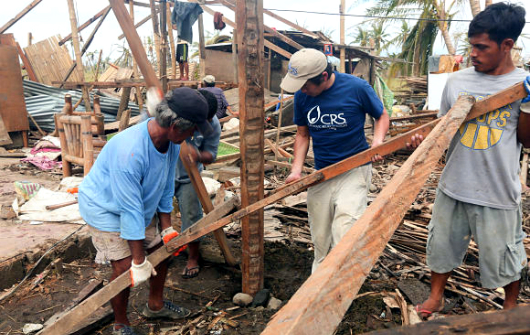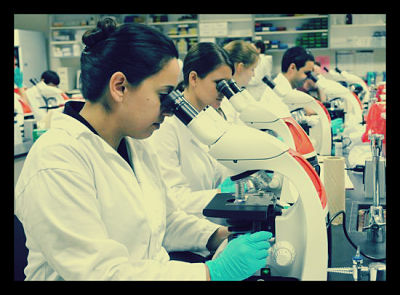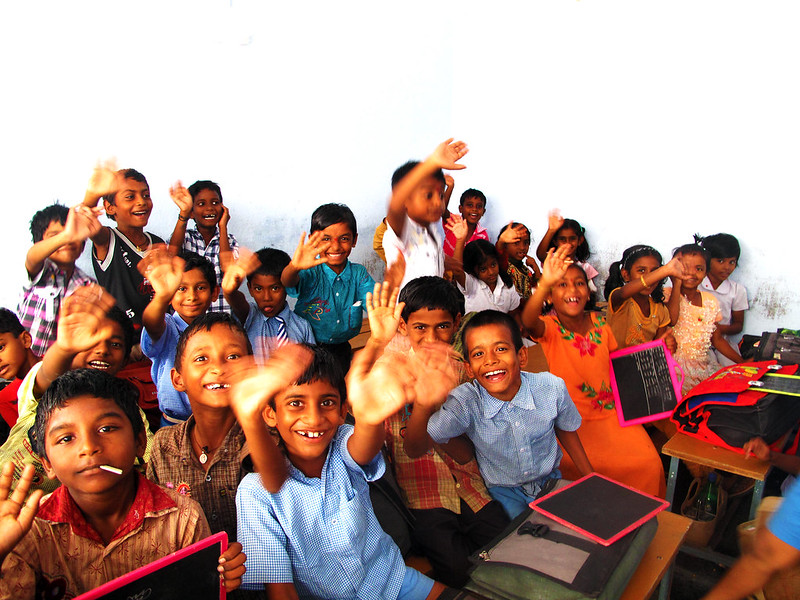 Imagine a world where a single mobile science lab can ignite curiosity in millions of underprivileged children. A lab that will transform their futures and bridge the educational gap across rural India. Welcome to the revolution led by Agastya International Foundation. This story unfolds the remarkable journey of an organization determined to redefine education through hands-on science learning.
Imagine a world where a single mobile science lab can ignite curiosity in millions of underprivileged children. A lab that will transform their futures and bridge the educational gap across rural India. Welcome to the revolution led by Agastya International Foundation. This story unfolds the remarkable journey of an organization determined to redefine education through hands-on science learning.
A New Era of Learning
In the late ’90s, Ramji Raghavan returned to India with a vision to revolutionize education. Inspired by conversations with experts about the lack of hands-on learning in the Indian education system, he co-founded Agastya International Foundation in 1999. The mission was clear: to enhance government school curricula through innovative, hands-on methods. To make education accessible to all children regardless of their economic or social backgrounds. Agastya’s team, composed of dedicated teachers, scientists and volunteers, promotes inquiry and curiosity, aiming to transform lives through education.
Agastya’s approach to education is unique and impactful. The foundation uses inexpensive, everyday materials to create science experiments and models, enabling children to replicate them at home. This hands-on method not only demystifies science but also empowers children to think critically and creatively. Older students with a passion for science often become mentors, guiding younger children during large science fairs and ensuring that curiosity is met with answers.
Transforming Education: Impact and Vision
Since its inception, Agastya has positively influenced more than 300,000 teachers and 20 million students across more than 22 states in India. The foundation’s vision is to foster a nation of creators, tinkerers, solution-seekers and leaders who are humane and connected. With programs like teacher training, mobile science labs and science centers, Agastya addresses critical educational gaps through scalable, hands-on experiential learning.
The foundation’s flagship initiative, the Mobile Science Lab, features more than 80 low-cost experiments. It brings interactive science education to schools and makes learning enjoyable.
Agastya’s core programs are designed to spark curiosity through science, art and mathematics. These programs support both teachers and remedial students, all integrated within the Kuppam campus’s ecology classroom. Agastya fosters innovation to solve theoretical and practical problems, focusing on creating economical teaching methods and training teachers. Its diverse offerings include lab-on-a-bike, lab-in-a-box, lab-on-a-tab, media labs and a gifted children’s program. Additionally, night schools and extensive teacher training programs have further extended its reach and impact.
Scaling New Heights
Interest from the Indian Government and private donors has helped Agastya scale rapidly, reaching two million children annually. The foundation’s 170-acre campus in South India transformed from an arid wasteland into an ecological marvel and serves as a world-class center for learning, hosting more than 600 students daily. This campus supports Agastya’s innovative teaching methods, making it a beacon of hope and progress.
Conclusion
Agastya International Foundation stands as a testament to the power of innovative education. By transforming how scientific knowledge is acquired, Agastya is not just educating children but igniting a lifelong passion for learning and discovery. Through its programs, millions of underprivileged children have been given the tools to dream big and achieve remarkable academic and personal successes. As Agastya continues to expand its reach, the foundation’s vision of an enlightened, curious and innovative India moves closer to reality.
– Sandeep Kaur
Sandeep is based in Manchester, UK and focuses on Good News for The Borgen Project.
Photo: Flickr
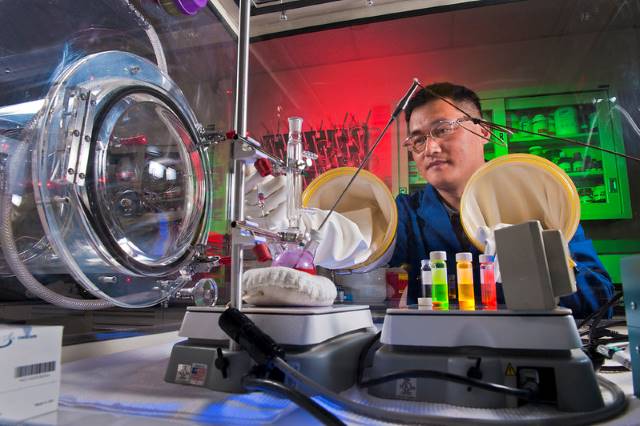 In its most basic sense, the
In its most basic sense, the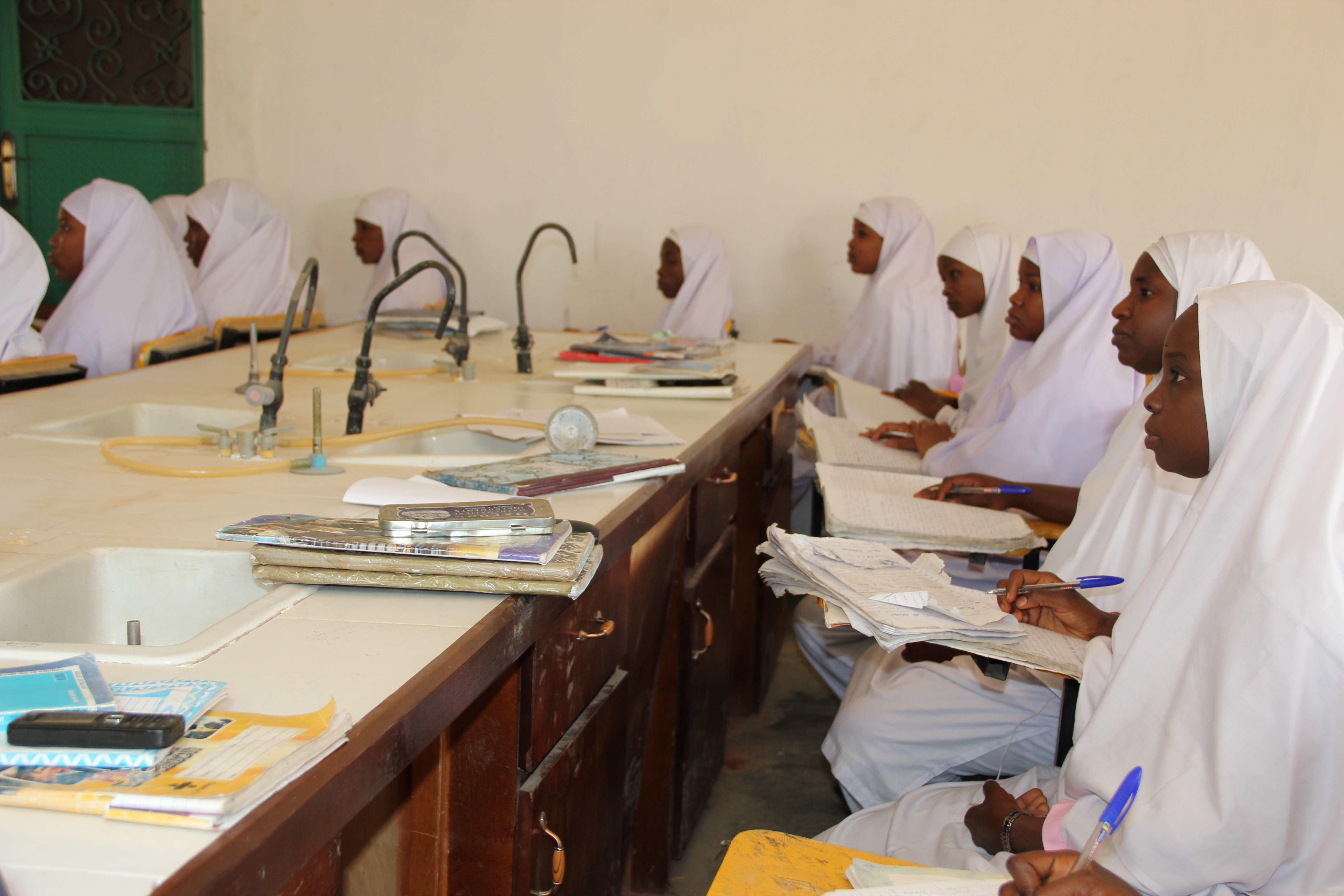 Science, Technology, Engineering and Mathematics are important for building and maintaining the development of any successful country. From the medical scientists, who develop treatments for diseases, to the civil engineers, who design and build a nation’s infrastructure, every aspect of human life is based on the discoveries and developments of scientists and engineers. The importance of STEM today should not be underestimated as its role is becoming increasingly significant in the future. The technology produced today is altering people’s lives at a rate faster than ever before. Consequently, it is vital for countries seeking to reduce their poverty levels to adopt new scientific research and technology. In doing so, these countries can improve their economy, health care system and infrastructure. As this impacts all aspects of society, the role of STEM in developing countries is of
Science, Technology, Engineering and Mathematics are important for building and maintaining the development of any successful country. From the medical scientists, who develop treatments for diseases, to the civil engineers, who design and build a nation’s infrastructure, every aspect of human life is based on the discoveries and developments of scientists and engineers. The importance of STEM today should not be underestimated as its role is becoming increasingly significant in the future. The technology produced today is altering people’s lives at a rate faster than ever before. Consequently, it is vital for countries seeking to reduce their poverty levels to adopt new scientific research and technology. In doing so, these countries can improve their economy, health care system and infrastructure. As this impacts all aspects of society, the role of STEM in developing countries is of 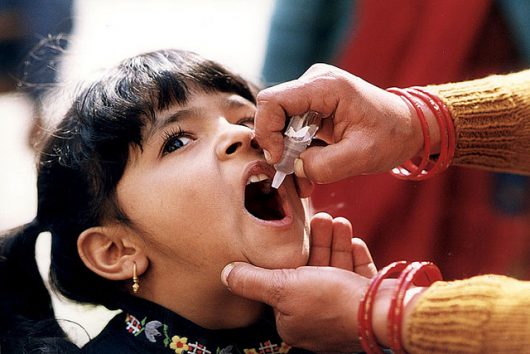 The developed world is often seen as the beacon of scientific innovation, while the developing world seems to wallow in poverty and underdevelopment. In spite of the challenges that citizens of developing countries face, they have managed to achieve some impressive scientific breakthroughs that benefit the whole world. In this article, The Borgen Project highlights four scientific developments from the developing world.
The developed world is often seen as the beacon of scientific innovation, while the developing world seems to wallow in poverty and underdevelopment. In spite of the challenges that citizens of developing countries face, they have managed to achieve some impressive scientific breakthroughs that benefit the whole world. In this article, The Borgen Project highlights four scientific developments from the developing world.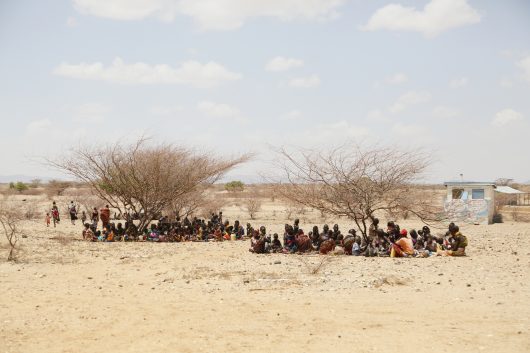 The International Business Machines Corporation (IBM) is a major research organization that focuses on computer wear and consultations. They also study cognitive computing and information technology. As of 2017, IBM holds the
The International Business Machines Corporation (IBM) is a major research organization that focuses on computer wear and consultations. They also study cognitive computing and information technology. As of 2017, IBM holds the 